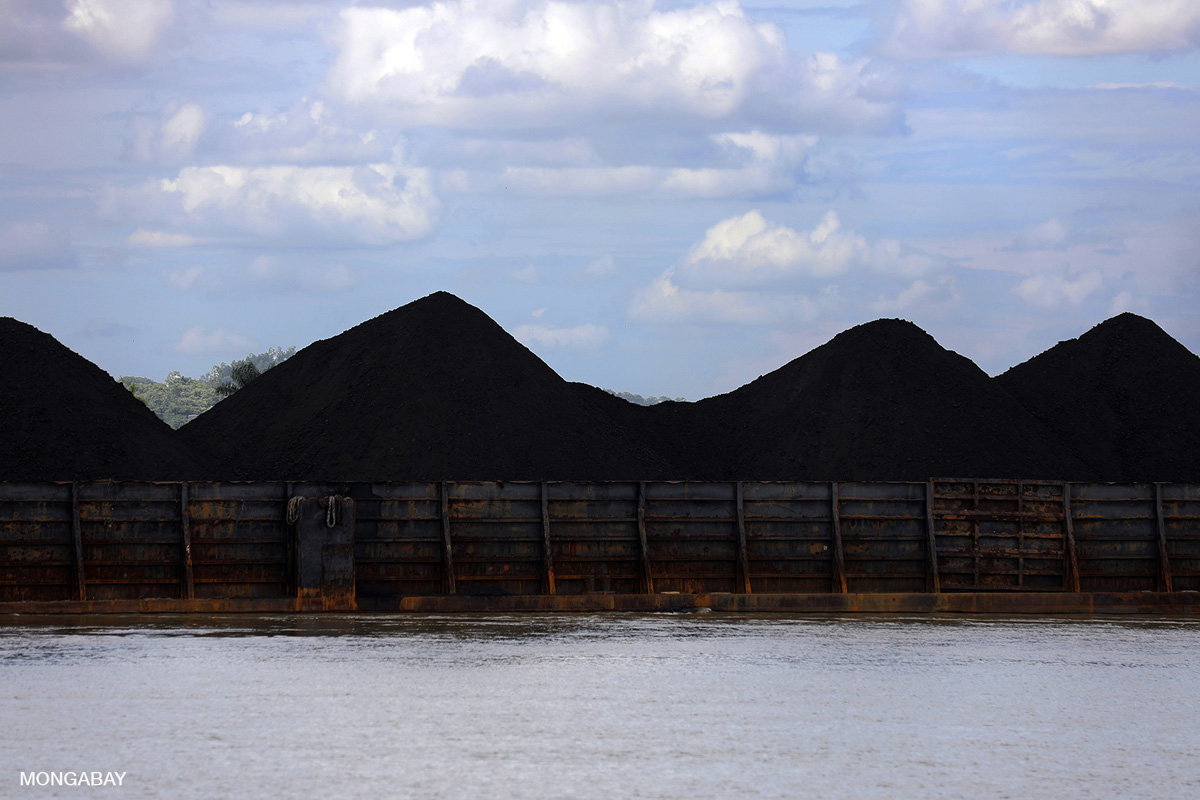A decade ago, the idea of using the financial resources of university endowments, religious institutions and philanthropic foundations as a mechanism to advance action on climate change was still in its relative infancy, mostly limited to college campuses. While divestment has been long used as a tool for activism, in the early 2010s, plenty of institutions that were ostensibly working on or supporting efforts to combat climate change were still heavily invested in the fossil fuel companies that were most responsible for driving carbon emissions.
As a student of the anti-apartheid movement, Ellen Dorsey understood the power of using an institution’s financial muscle to achieve real-world outcomes. And as the head of the Wallace Global Fund, a private foundation established by entrepreneur and former U.S. vice president Henry Wallace, she was in the position to help support the movement, including accelerating adoption within the philanthropic sector. So the Wallace Global Fund became one of the major backers of the fossil fuels divestment movement, putting money into coal divestment campaigns on college campuses, youth groups and other advocacy efforts. Dorsey and the Wallace Global Fund also organized the “Divest-Invest Philanthropy” initiative to bring other foundations on board, both in terms of existing investments in polluting industries and investing in cleaner ones.
“Organizing within philanthropy was important because, of course, it is very difficult for movement organizations, who are the recipients of funding, to call on their funders to divest. It was very clear we needed to do a peer-to-peer campaign to encourage our peers in philanthropy to be responsive to the demands of the movement and to do the right thing with their investments,” Dorsey told Mongabay. “Additionally, with our endowments we could be a model of how to divest from fossil fuels and invest in climate solutions, drive the market for fossil-free products, and hold up our portfolios to demonstrate equal or better returns.”

The Divest-Invest Philanthropy officially launched in 2014 and grew quickly: By late 2016, more than 150 foundations had committed to the movement; a number which eventually climbed past 200. The broader divestment movement also blossomed: by 2020, some 1,200 institutions with $14 trillion in assets had started or committed to divest from fossil fuels.
Dorsey cites three reasons for the rapid growth in divestment: strong ethical and financial arguments, including the poor economic performance of the fossil fuels sector over the past several years; fiduciary responsibility, which opens financial managers to liability if they don’t protect the assets under their charges; and the inclusivity of the approach.
“Now, many years into the movement, there is clear data that divested portfolios will deliver equal or far superior returns,” she said. “Why would you sacrifice your social legitimacy for underperforming returns? It makes no sense. So that’s why I think this movement is now completely unstoppable. The data is there, the returns are poor, and the renewables are taking over.”

Dorsey is also outspoken on the tendency of foundations to prioritize growing their endowments instead of putting as much money into addressing existential threats that have limited time frames for action. The Wallace Global Fund has bucked this norm in recent years by paying out significantly more than the standard 5% of its endowment when the foundation has outperformed.
“I’m shocked, and I am disillusioned by the failure of our sector to have a much deeper discussion about raising the payout levels for philanthropy,” she said. “I think it should be done voluntarily. But if it’s not done voluntarily and these compounding crises continue, I guarantee we’re coming back to this discussion because it is going to be driven and regulated at the federal level. Philanthropy — such an unaccountable sector — is going to have to face regulations and calls for systemic change when we hoard our acorns for what, some other future colder winter? What would a colder winter look like than right now?
“Open the coffers and start putting more money to play. Foundations can still exist in perpetuity without growing their endowments.”
Dorsey discussed these issues and more during a March 2021 conversation with Mongabay.

